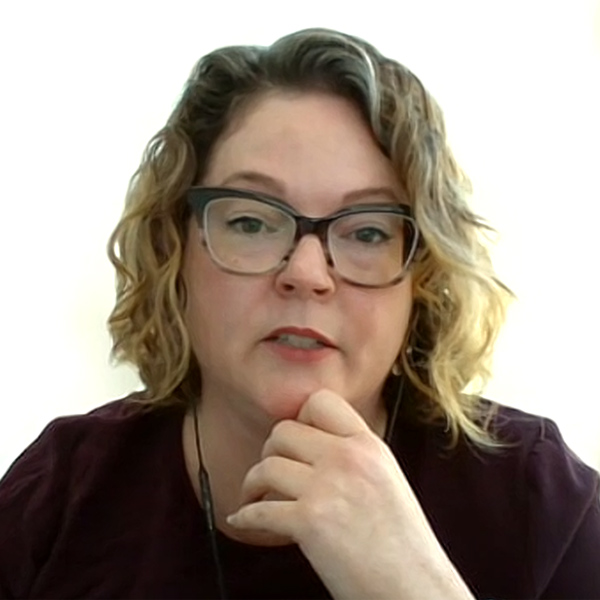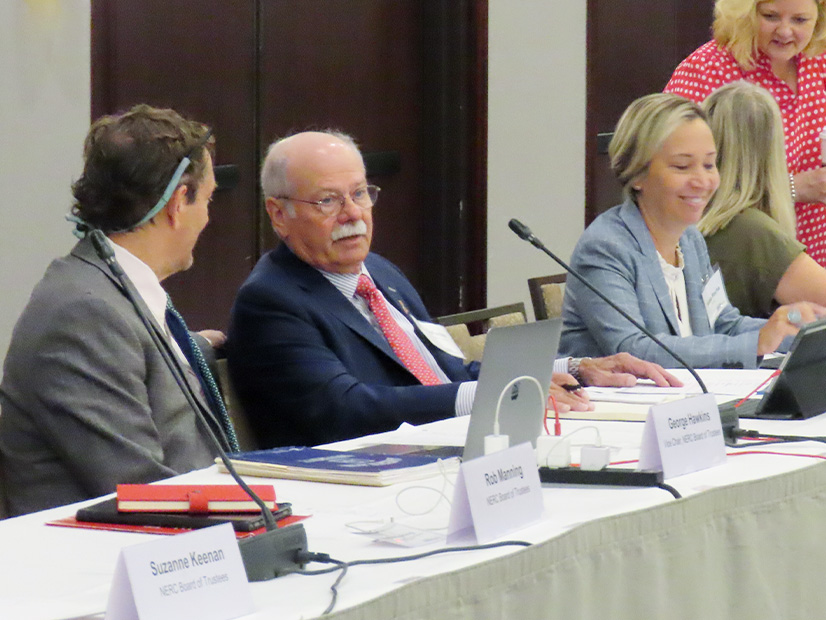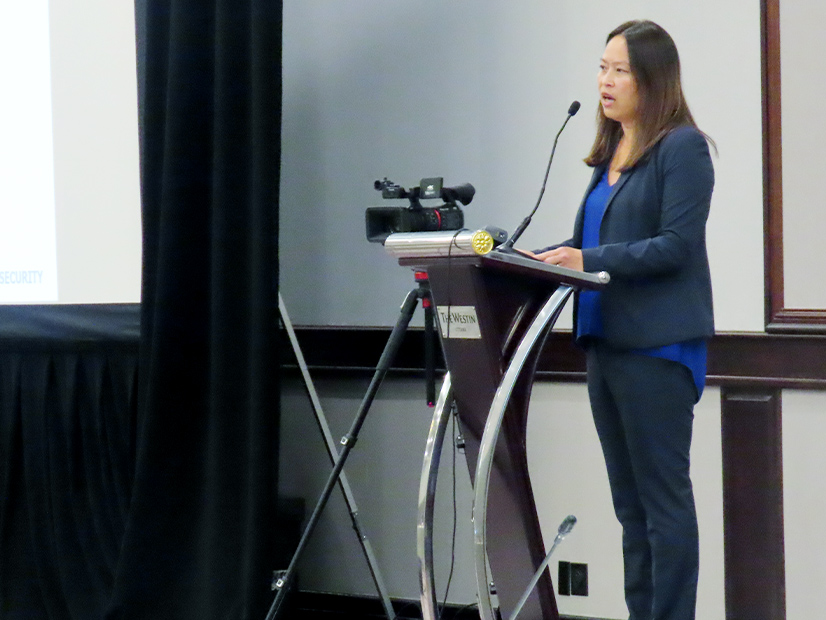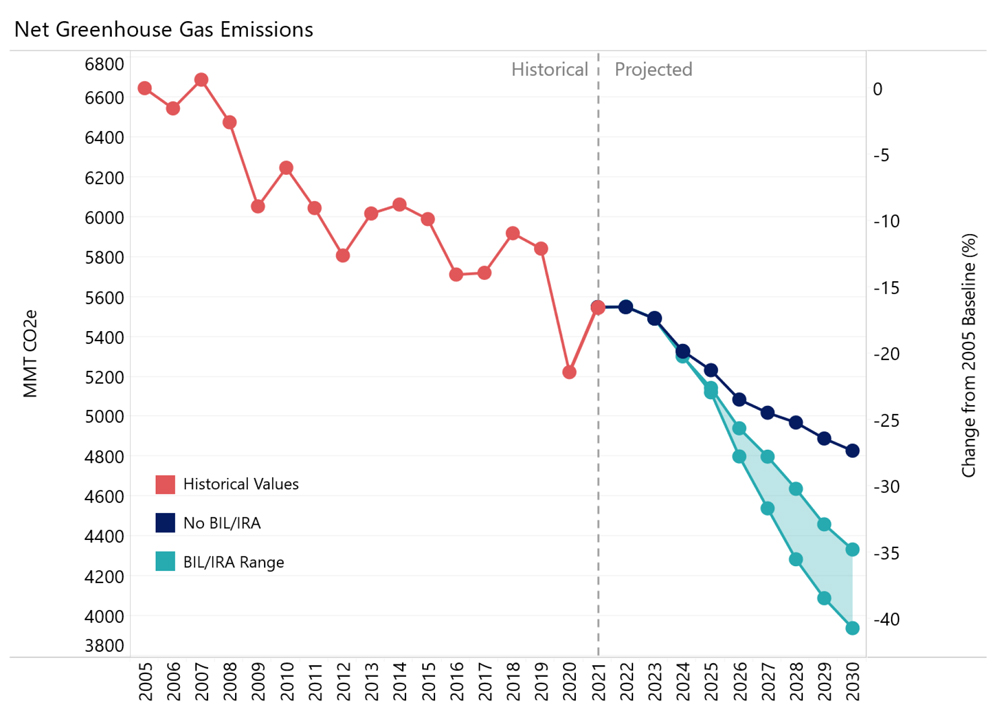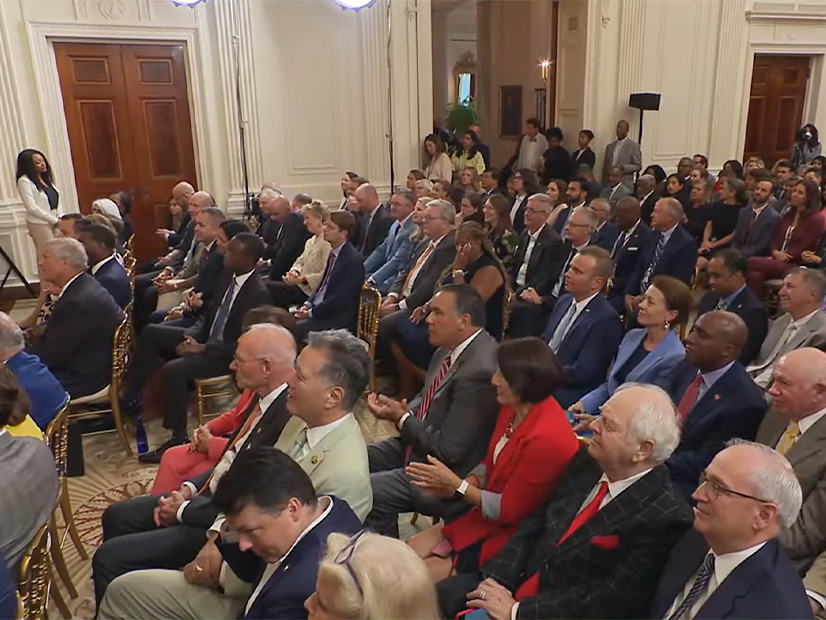The New Jersey Board of Public Utilities (BPU) on Wednesday enacted a permanent community solar program that will approve projects totaling more than 150 MW a year, replacing the state’s temporary pilot program after two heavily oversubscribed solicitations.
The Community Solar Energy Program (CSEP) will be open to community solar projects that are smaller than 5 MW and are on rooftops, carports, canopies over impervious surfaces, contaminated sites, landfills or bodies of water.
Registration for the new program will begin Nov. 15. Projects will be awarded on a first-come, first-served basis, with incentives allocated under the Administratively Determined Incentive section of the state’s new solar subsidy program, the Successor Solar Incentive Program.
“This new program will greatly expand the burgeoning market for solar in New Jersey. Adding hundreds of megawatts of new solar in coming years will bring all the benefits of clean energy and hundreds of new jobs to the state,” said Morgan Sawyer, a BPU research scientist who outlined the new program for the board.
Community solar projects in the program will be eligible for an incentive of $90/MWh, and program rules say it should approve projects totaling at least 225 MW in each of the first two years and at least 750 MW in the first five years.
The program passed on a 4-0 vote, with one abstention due to a conflict of interest. Joseph L. Fiordaliso, BPU’s president, called the approval of a permanent program a “big day” that will provide clean energy to residents who previously couldn’t access it because they don’t own a house or their property is not suitable for solar panels.
“They now have the ability to be a part of the clean energy revolution that New Jersey is currently involved in,” he said. “All of us have to be a part of the clean energy movement if we are going to continue to mitigate the effects of climate change.”
Progress, but Also A Missed Opportunity
Community solar projects target users who either cannot or do not want to have solar on their roofs but seek to support a clean energy initiative. To make the projects work, the developer must sign up subscribers, who commit to using the clean energy and in turn receive a credit on their utility bill, reducing the electricity cost by a set percentage.
New Jersey’s program targets low- and moderate-income (LMI) residents, requiring that they constitute 51% of a project’s subscribers. The new program requires that community solar providers discount subscribers’ utility rates at least 15%.
The BPU approved the proposal after releasing the straw proposal for public comment March 30 (QO22030153) and holding a public hearing April 24.
The state enacted its first community solar pilot program in 2019, and a second pilot in 2021. The first program, which attracted 252 applicants, approved 45 projects totaling 75 MW. The second pilot, which attracted 412 applications, awarded 105 projects totaling 165 MW.
In February, the BPU launched a website to help ratepayers find the closest community solar project to them.
Lyle Rawlings, CEO of Advanced Solar Products and president of the Mid-Atlantic Solar and Storage Industries Association, said the program is a good one and his association, which includes community solar developers, expects it to be oversubscribed in the future.
The permanent program “is an important advancement to the community solar program,” Rawlings said. But he also called it a “missed opportunity” because the program rules don’t do enough to focus on getting LMI residents into the program.
He said his organization pushed unsuccessfully to get projects ranked by the size of the discount they would give to LMI subscribers, and by the percentage of project subscribers from the LMI communities. If the annual capacity block were to be oversubscribed, the rankings ― and their ability to identify the projects that favored LMI residents ― would be used to help determine which projects should be approved, he said.
“We’re disappointed that those recommendations were not followed,” he said.
Ease of Access
The launch of the program follows a contentious history, in which solar developers at one point complained that the agency was taking too long to announce the winners of the second pilot and to outline when the agency would transition to a permanent program. (See Slow Progress of NJ Community Solar Pilot Draws Fire.)
The success of the pilot programs prompted two lawmakers to introduce a bill (S3123) that would have more than tripled the size of the planned permanent community solar program to 500 MW a year. BPU officials argued that the agency could not handle such a rapid increase. (See NJ Proposes Modest Community Solar Capacity Hike.)
Members of VoteSolar, a national advocacy group, welcomed the BPU’s move, saying it would give greater access to solar energy for LMI residents. The program’s adoption of consolidated billing ― so that details of subscribers’ clean energy use and the size of the credit discount are part of their utility bill, rather than a separate bill ― is a new element that will make it more accessible for residents, the group said in a release.
“We can’t leave anyone behind in the transition to 100% clean energy, and community solar is key to expanding equitable access for all New Jersey residents,” said Elowyn Corby, Mid-Atlantic regional director for Vote Solar.
Nuclear Subsidies
The BPU also voted to start the process for awarding a new round of subsidies under the Zero Emission Certificates (ZEC) program and determining which nuclear plants in the state are eligible for the subsidies.
With a 5-0 vote, the board opened the process in which utilities that own nuclear plants can apply for ZECs to be used between June 1, 2025, and May 31, 2028. The board also set the ZEC price at $9.88/MWh and agreed to hire a consultant to help evaluate the applicants and other ZEC issues that arise.
The ZEC program provides subsidies to nuclear power plants at risk of closure so they can remain open to generate carbon-free power. New Jersey will rely heavily on nuclear power in seeking to reach its clean energy goals. In 2021, nuclear plants generated 44% of the state’s electricity, slightly less than was generated by gas-powered plants, according to the U.S. Energy Information Administration. Renewable energy accounted for about 8% of the electricity in that year.
The New Jersey Legislature created the program in 2018, and in 2019, the board awarded ZECs totaling $300 million to New Jersey’s three nuclear plants: Hope Creek Nuclear Generating Station, which is owned and operated by Public Service Enterprise Group (PSEG), and Salem One and Salem Two nuclear power plant, which are owned and operated by PSEG with Exelon.
The state awarded the same certificate rate — $10/MWh — in 2021, to cover the 2022-to-2025 period. (See NJ Nukes Awarded $300 Million in ZECs.)
